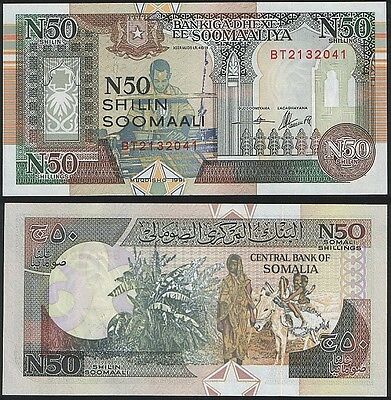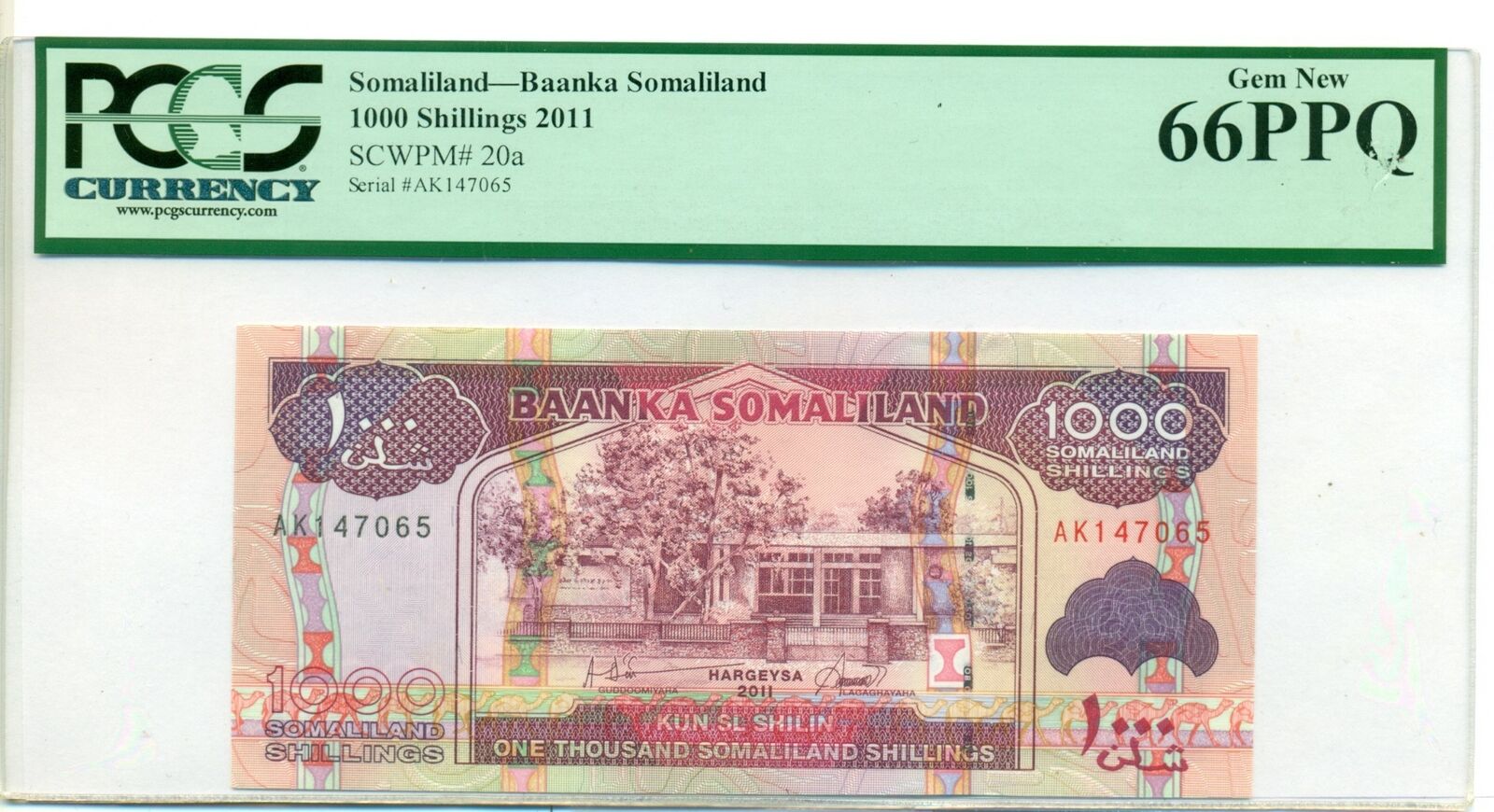-40%
2013 STAMP CANCEL FLAG OF UN FROM SOMALIA VALUE 5
$ 0
- Description
- Size Guide
Description
2013 STAMP CANCEL FLAG OF UN FROM SOMALIA LUCKY MONEY VALUE 5S/N F 10356493 A
GEM UNC
The face side has two post
stamps.
1968 - 71 FLAG & WHITE HOUSE REGULAR ISSUE
6
c, Flag
& White House
1983 UNITED NATIONS OFFICES IN NEW YORK
20 c, World Flag Series:
SOMALIA
Also has post seals: APR 13, 2013 & OCT 24, 2014
In
honor Anniversary
UN
(Seal 100% guarantee)
Somalia, officially the Federal Republic of Somalia (Somali: Jamhuuriyadda Federaalka Soomaaliya; Arabic: جمهورية الصومال الفيدرالية), is a country in the Horn of Africa.
The country is bordered by Ethiopia to the west, Djibouti to the northwest, the Gulf of Aden to the north, the Indian Ocean to the east, and Kenya to the southwest.
Somalia has the longest coastline on Africa's mainland.
Its terrain consists mainly of plateaus, plains, and highlands.
Hot conditions prevail year-round, with periodic monsoon winds and irregular rainfall.
Somalia has an estimated population of around 17.1 million, of which over 2 million live in the capital and largest city Mogadishu and has been described as Africa's most culturally homogeneous country.
Around 85% of its residents are ethnic Somalis, who have historically inhabited the country's north. Ethnic minorities are largely concentrated in the south.
The official languages of Somalia are Somali and Arabic.
Most people in the country are Muslims, the majority of them Sunni.
In antiquity, Somalia was an important commercial center.
It is among the most probable locations of the ancient Land of Punt.
During the Middle Ages, several powerful Somali empires dominated the regional trade, including the Ajuran Sultanate, the Adal Sultanate, and the Sultanate of the Geledi.
In the late 19th century, Somali Sultanates like the Isaaq Sultanate and the Majeerteen Sultanate were colonized by both the Italian and British Empires.
European colonists merged the tribal territories into two colonies, which were Italian Somaliland and the British Somaliland Protectorate.
Meanwhile, in the interior, the Dervishes led by Mohammed Abdullah Hassan engaged in a two-decade confrontation against Abyssinia, Italian Somaliland, and British Somaliland and were finally defeated in the 1920 Somaliland Campaign.
Italy acquired full control of the northeastern, central, and southern parts of the area after successfully waging the Campaign of the Sultanates against the ruling Majeerteen Sultanate and Sultanate of Hobyo.
In 1960, the two territories united to form the independent Somali Republic under a civilian government.
Siad Barre of the Supreme Revolutionary Council seized power in 1969 and established the Somali Democratic Republic, brutally attempting to squash the Somaliland War of Independence in the north of the country.
The SRC subsequently collapsed 22 years later, in 1991, with the onset of the Somali Civil War and Somaliland soon declared independence.
Somaliland still controls the northwestern portion of Somalia representing just over 27% of its territory.
Since this period most regions returned to customary and religious law. In the early 2000s, a number of interim federal administrations were created.
The Transitional National Government (TNG) was established in 2000, followed by the formation of the Transitional Federal Government (TFG) in 2004, which reestablished the Somali Armed Force










